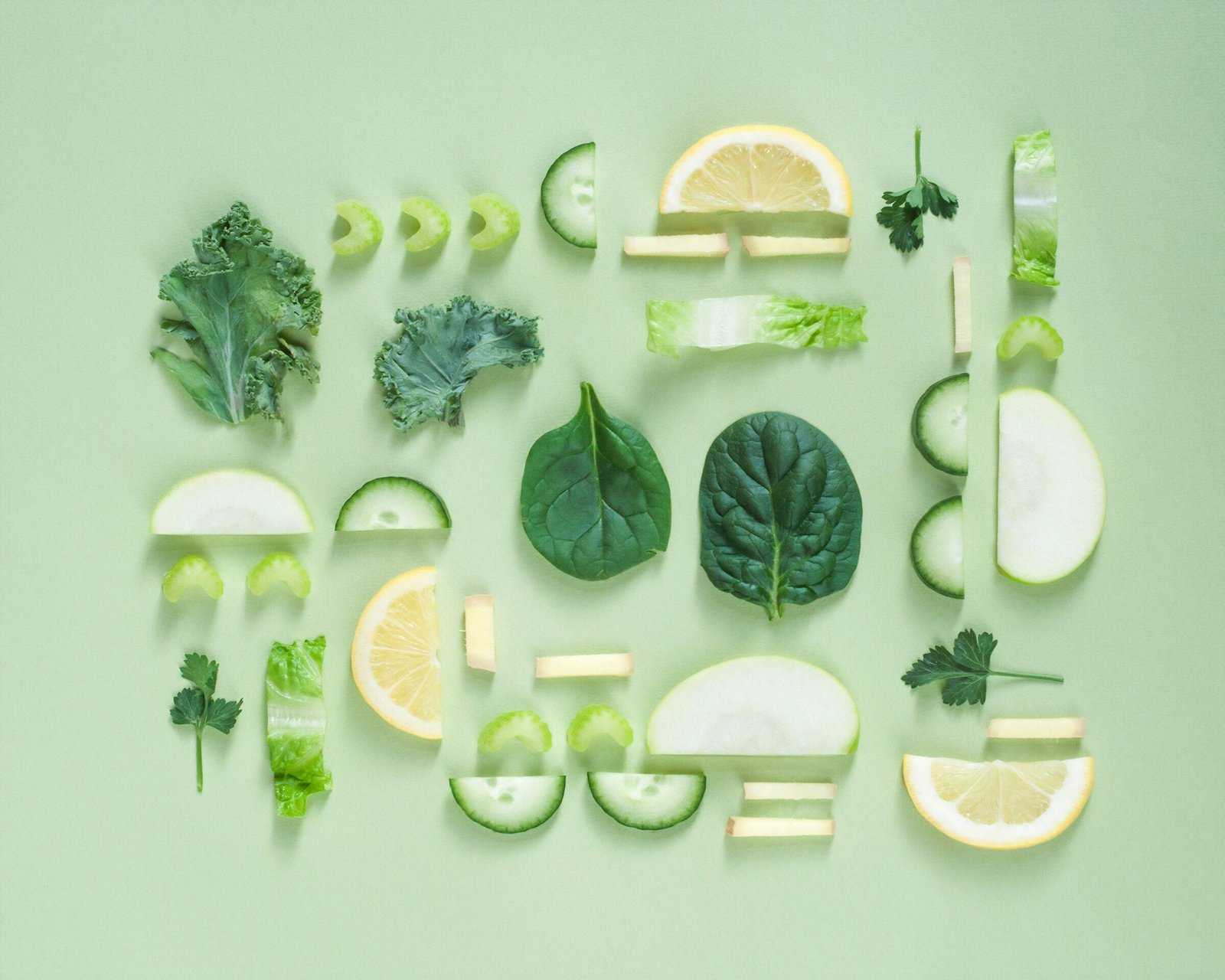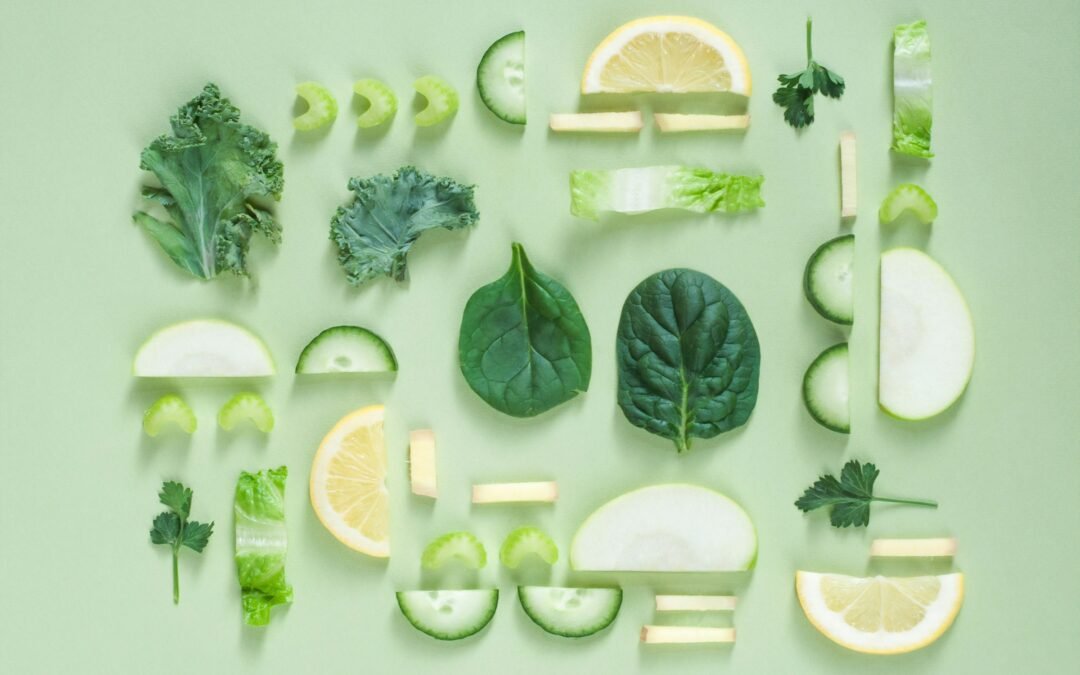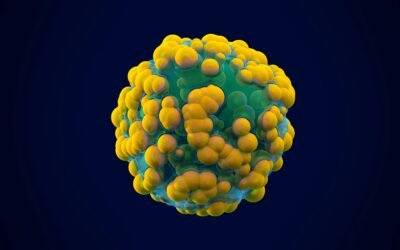29 June 2025

Is the Raw Food Diet Really Healthy? Pros, Cons & Expert Advice
Many view the raw food diet as the ultimate healthy lifestyle—rich in unprocessed fruits, vegetables, nuts, seeds, and sprouts. Since these foods aren’t heated above 100°F, they retain maximum vitamins, enzymes, and antioxidants.
However, science shows mixed results. Cooking methods do reduce some nutrients like vitamins C and B, but cooking also helps unlock others, like lycopene in tomatoes or beta-carotene in carrots, especially when paired with fats.
Risks of 100% Raw Diet
Eating only raw food can cause digestive issues and nutritional deficiencies, including vitamin B12, D, iron, zinc, and protein—especially since raw legumes and grains can be harmful or hard to digest.
What Experts Recommend
Studies show that a fully raw diet might be too restrictive long-term. According to Metabolic Balance and the German Nutrition Society, it’s better to eat a high proportion of fresh, raw food, but not exclusively. Light cooking ensures better absorption of nutrients and reduces natural toxins.
Best Approach
Aim for a balanced diet:
-
Include plenty of raw vegetables, fruits, nuts, and herbs
-
Cook foods like potatoes, legumes, and grains to enhance safety and digestibility
-
Choose organic produce to avoid pesticides and nitrates
Conclusion
A raw food diet offers many benefits, but going 100% raw isn’t necessary—or always healthy. Choose minimally processed, nutrient-rich foods and aim for balance for optimal health and metabolism.
Related Articles
Autoimmune Diseases: When Your Body Attacks Itself
Autoimmune diseases are becoming more common, affecting about 5–8% of people worldwide. There are over 60 types known today.
Healthy Food to Fight Migraine Pain
Migraines are severe, throbbing headaches that can leave you unable to work or enjoy daily life. Around 10–15% of adults experience migraines each year, and women are affected more often than men.
Some people also experience an aura before an attack — vision problems, dizziness, or tingling — as a warning sign.
Diabetes and Your Immune System: Why Infections Raise Blood Sugar
When flu season arrives, colds and infections spread quickly. For most people, these are just minor annoyances. But for people with diabetes or insulin resistance, infections can be dangerous.




